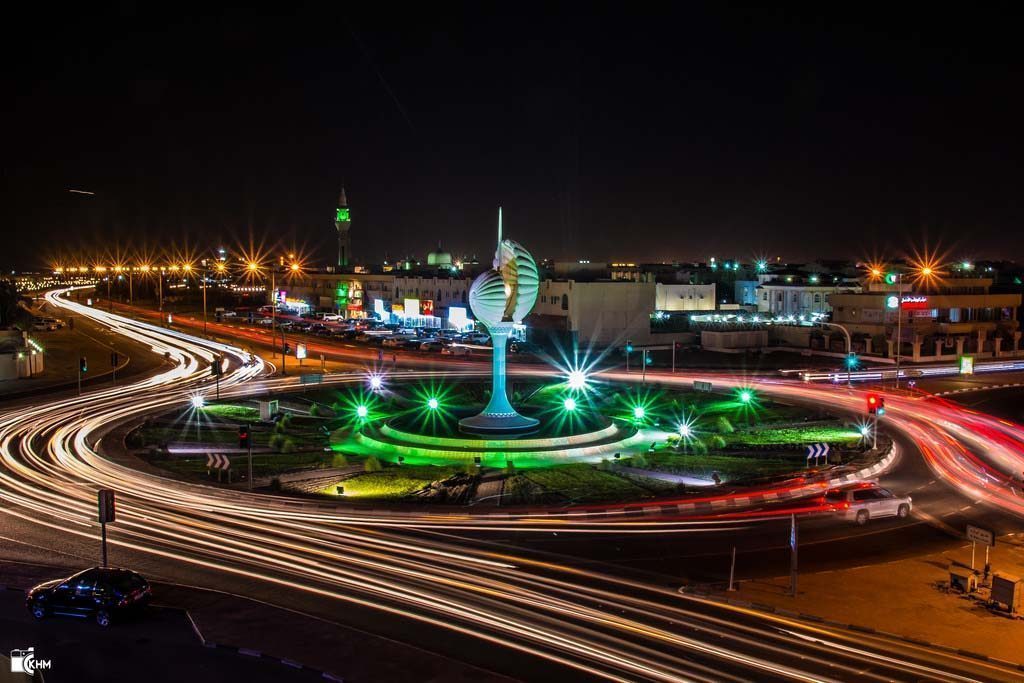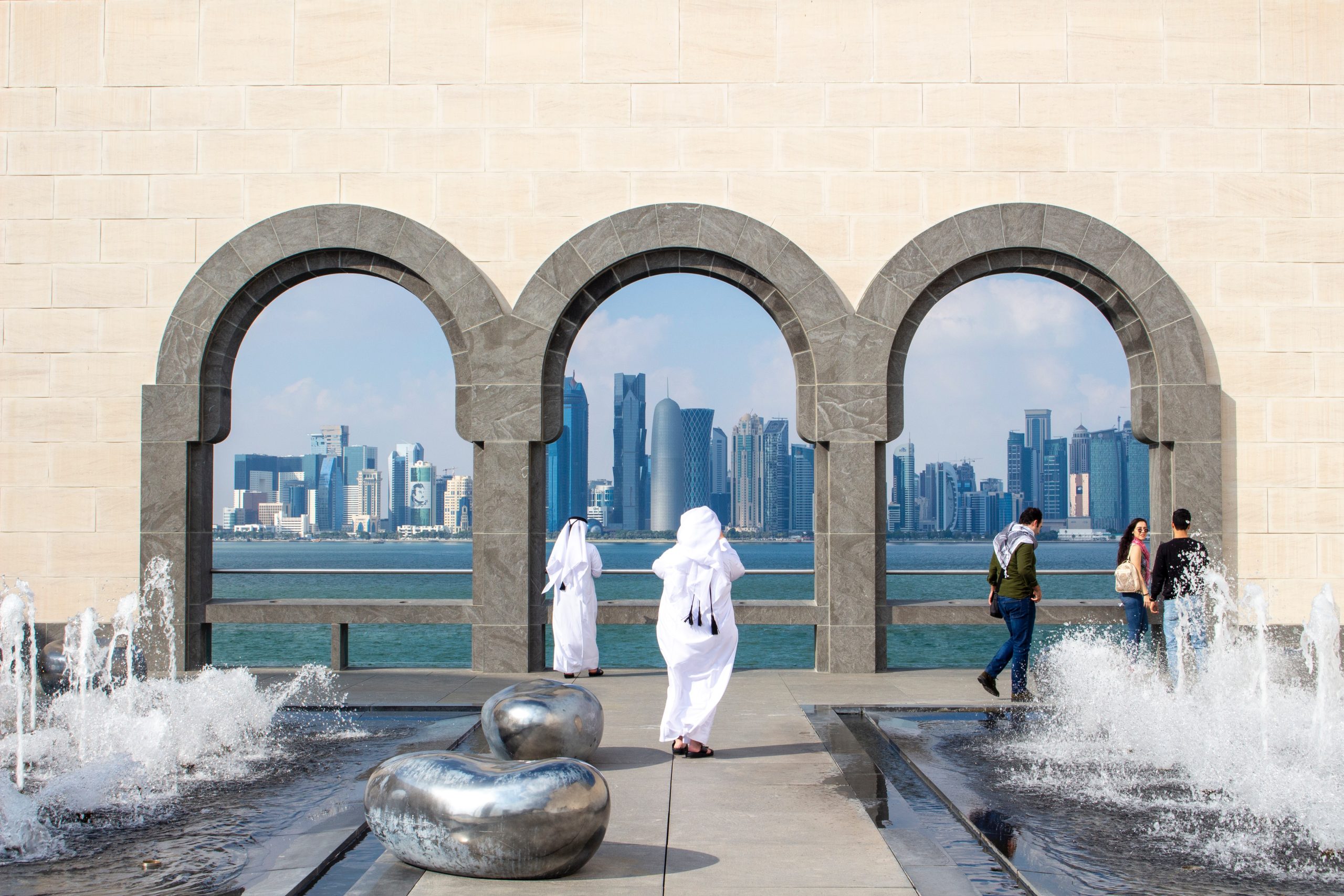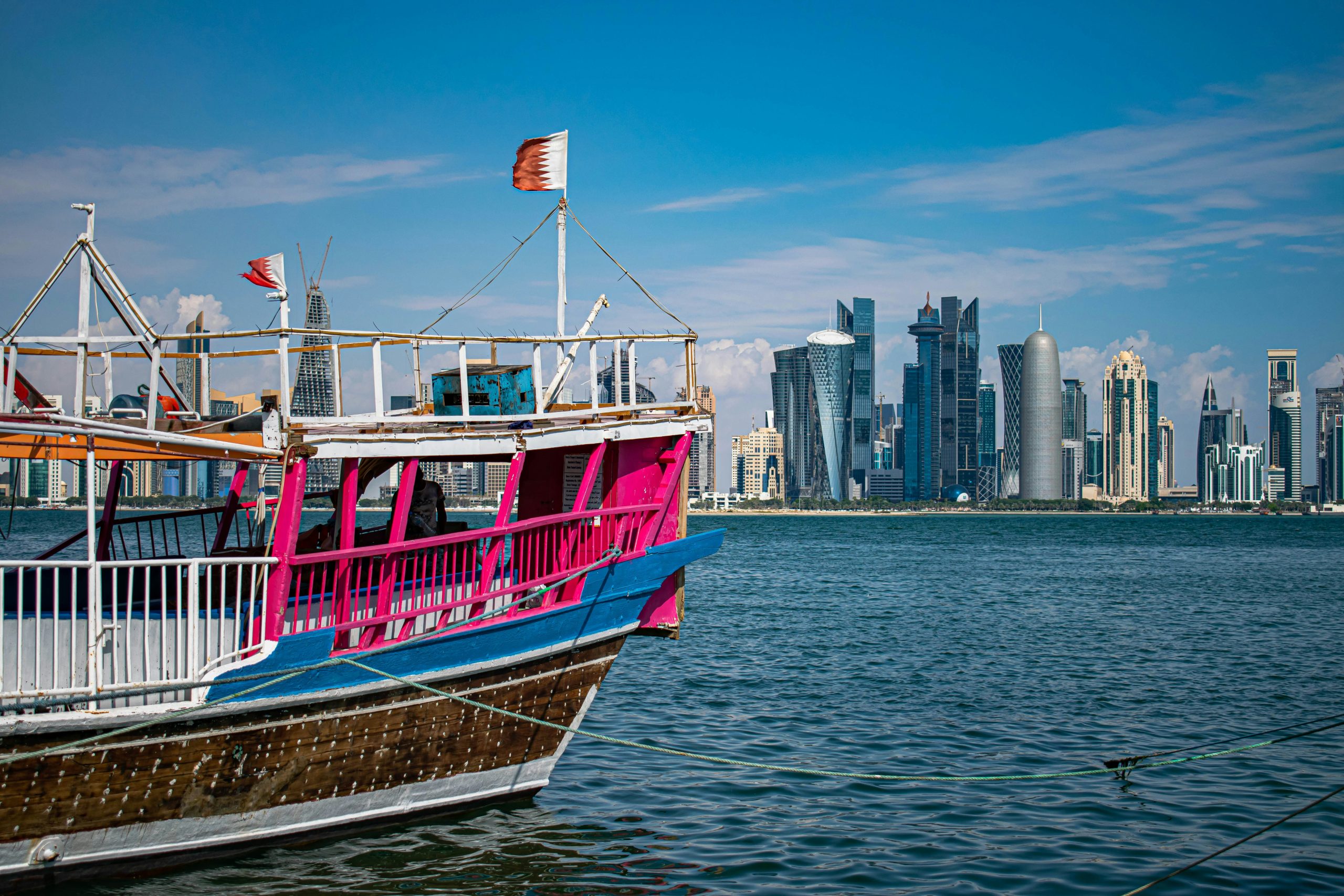
Though Qatar’s population continues to grow in leaps and bounds, new government figures suggest that the capital is no longer the only place to be.
Two of the country’s densest districts – Doha and Al Rayyan – now house some 65 percent of Qatar’s population, down from 74 percent in 2012-2013, according to statistics released yesterday by the Ministry of Development, Planning and Statistics (MDPS).

The development comes as officials work to make other cities in the country more attractive, to ease some of the growing strain on the capital’s infrastructure.
In 2013, a report by the Permanent Population Committee pointed out that there were 3,136 people per square km in Doha, compared to eight per square km in Al Shamal.
It also called for the government to introduce incentives to encourage people to live in other districts.
Other districts
Qatar’s population crossed a record 2.4 million people for the first time at the end of October.
In line with previous months, the country grew by 9 percent from the same time last year (or about 200,000 people), and the overall male to female ratio remained similar at 3:1.

According to MDPS’s latest figures, Doha’s population makes up 40 percent of the state’s overall population, while those living in Al Rayyan municipality – which includes districts that are actually part of Doha city – account for about 25 percent of the total.
To make towns such as Al Wakrah and Al Khor more attractive, Qatar’s authorities have been building housing at more affordable rates and supporting the establishment of schools, hospitals and social facilities.

This strategy seems to be working in some districts.
Al Wakrah for example has grown much faster than the overall population. The town has its own hospital, souq and farmer’s market, and is now home to some 300,000 people.
However, Qatar’s influx of blue-collar workers also explains the shift away from Doha and Al Rayyan.
For example, Al Rayyan’s municipality has the highest proportion of women, at one third of its population.

But in the northern regions of Al Khor and Al Thakira, and to the west in Al Shahaniyah, men comprise 90 percent of the overall number of residents.
This may be explained by the fact that more labor camps have been established in Al Khor and Al Shahaniyah districts in the past couple of years.
These camps are typically for unskilled and semi-skilled workers, the vast majority of which are male and work in Qatar’s burgeoning construction industry, but are prohibited from living in Doha.
Qatar’s population has grown by 40 percent – equivalent to more than 700,000 people over the past five years, the MDPS said last month.
This works out as to an average annual growth rate of 7.2 percent.
While authorities expect the population to continue to rise in the coming 18 months, it could peak in the first half of 2017 before starting to decline as some construction projects start to wrap up, one ministry official said.
Thoughts?







